Update Your Windows for Good Looks, Efficiency and a Better View
http://decor-ideas.org 04/03/2014 06:23 Decor Ideas
The impact of windows on architecture can be underestimated. While their primary purpose is to provide natural light, ventilation and protection from the elements, they significantly contribute to the character of a house. Modern windows are designed to be more energy efficient while functioning as trim, punctuation marks, statements of quality and expressions of style.
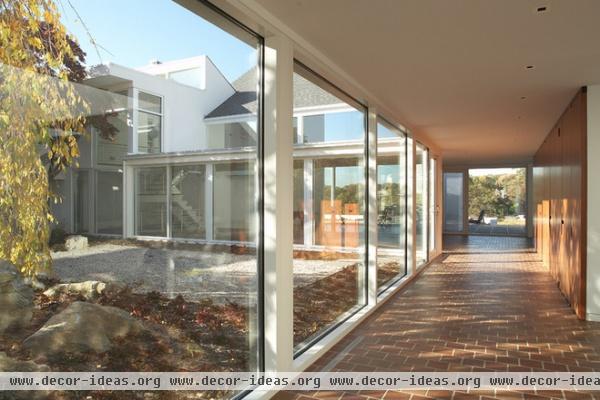
Project: Update your windows for style and energy efficiency.
First step: Become familiar with the architecture of your house. If you have questions about the aesthetics of your windows, ask an architect or a designer who frequently specifies windows in his or her work.
Who to hire: There are usually local businesses in every area that deal in well-known window brands. Some businesses may even manufacture their own, which might give you more design flexibility, but may not offer the thorough warranty that major brands do. Local dealers usually handle installation as part of the price you pay for their windows. If you are making openings larger, your project will be more involved, and you may need the help of an architect, a structural engineer or a general contractor.
Project length: To replace and update all of the windows in a house is a big project. Allow yourself several weeks to research and plan, and several more weeks to have the windows made and delivered to you. Unless you are making openings larger, or even smaller, the windows can be set into place in a few hours. Touch-ups and trims on interior and exterior finishes can add a few more days of work depending on complexity.
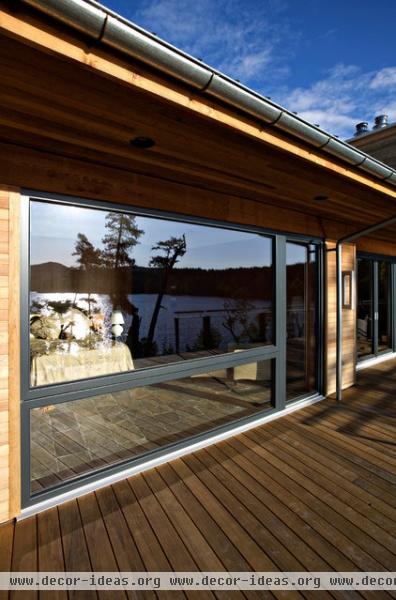
Types of Windows
Windows can slide, lift, drop, swing or stay still. Certain architectural styles consistently employ specific materials and types of windows to help define their aesthetic. Imagine, for example, a window in a colonial house versus one in a midcentury modern design.
In a colonial the window punctures the wall and is usually divided into smaller panes of glass. A midcentury modern house may have a section of fixed picture windows from floor to ceiling across one entire side of a room, so that the windows themselves form a wall.
Fixed and picture windows. Fixed windows, called picture windows when larger, do not open. Since no screen is required, the view through such a window is unobstructed. Fixed windows are frequently combined with other types of windows. A picture window centered between two operable windows is great for capturing a view while allowing breezes in.
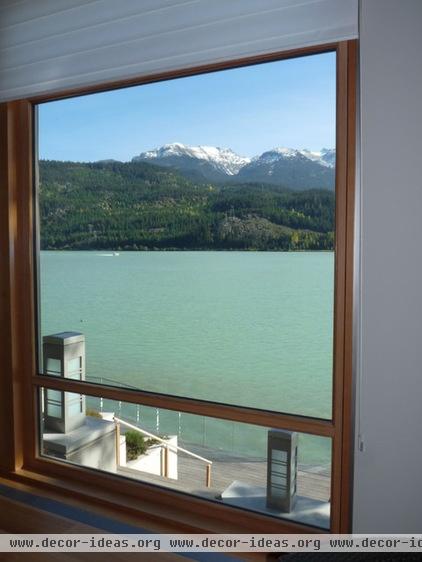
Nearly all contemporary window units are constructed with dual glazing — two sheets of glass set about half an inch apart — to help insulate the home.
The sash is the frame of the window that holds the glass in the larger frame of the whole window unit. Sashes can be fixed or operable, and you may have a single window unit with both an operable sash and a fixed sash.
The pane is the section of glass in the window. Windows have either a single pane of glass or multiple panes of glass. Manufacturers may simply cover a single pane of glass with an applied grid to simulate the look of a multipane window. They also simulate multipane windows by sandwiching a grid within the double glazing. When the panes are actually separate, as in traditional styles, they call it “true divided light.”
The reason you usually find multipane windows in traditional architecture is that historically, glass was expensive and produced only in smaller pieces. To get a larger window, many panes of glass had to be combined. Since glass is now abundant in many sizes, the choice for more or fewer panes is purely aesthetic.
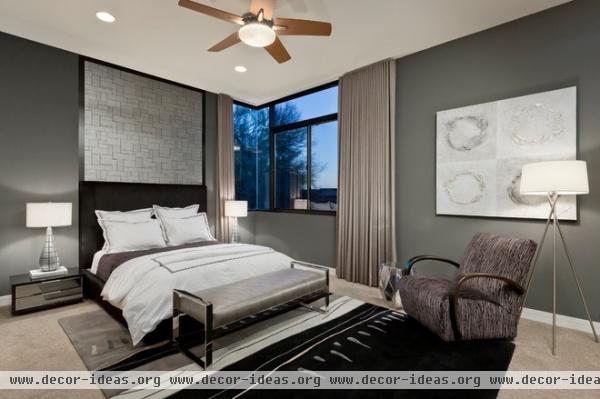
Sliding. Sliding windows are usually the least expensive operable window and have been widely employed in recent decades. Most are configured with one fixed sash and one sliding sash. The operable sash simply glides over the fixed sash to open. The screens are mounted and accessible from the exterior.
Mitred. As an aside to this topic, mitered windows, as seen in this bedroom next to the sliding window, are two sheets of single glazing mounted to form a corner. This is usually done to take advantage of an important view. Expect this to be on the expensive side of window improvements. Structure must be taken into account.
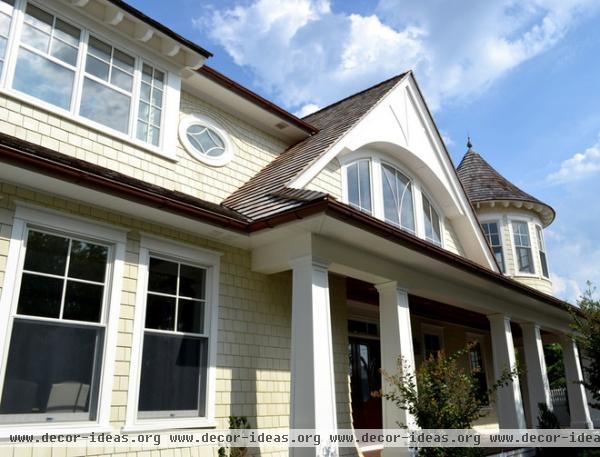
Single or double hung. Hung windows are either lifted up or pushed down depending on their configuration. On a double-hung window, both the top and bottom are operable. Single-hung windows have a top and bottom sash too, but the upper sash is fixed.
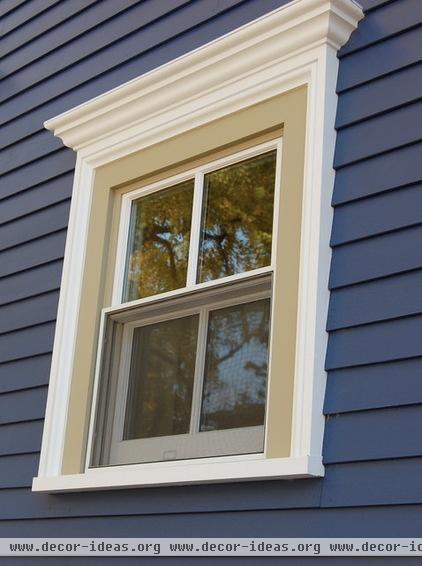
In double- and single-hung windows, screens are mounted on the outside. You can often tell if it is a single-hung window if only the lower half of the window is screened, as in this photo.
If you usually leave your windows closed or you live in an area with minimal flying insects, you can remove the screens. Windows look better from the outside of the house without screens on them.
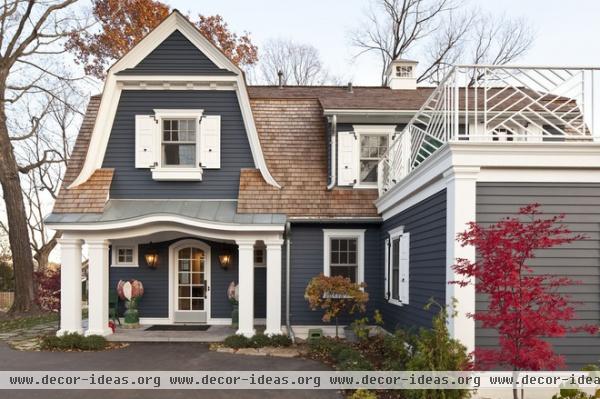
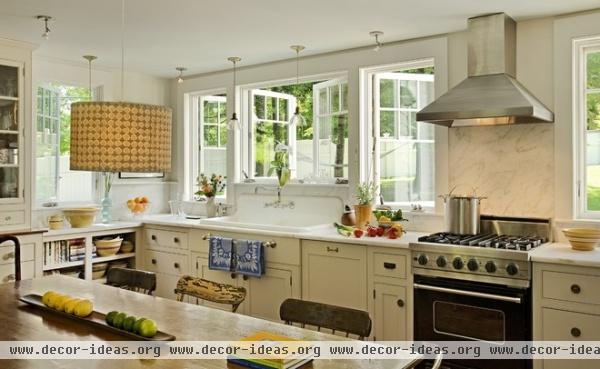
Casement. A casement window swings open similar to the way a door opens. Most manufacturers build them with a knob and a handle; you crank the sash into the desired position. Screens are mounted and accessed from the interior of a room. This often makes the appearance of a house with casement windows very handsome.
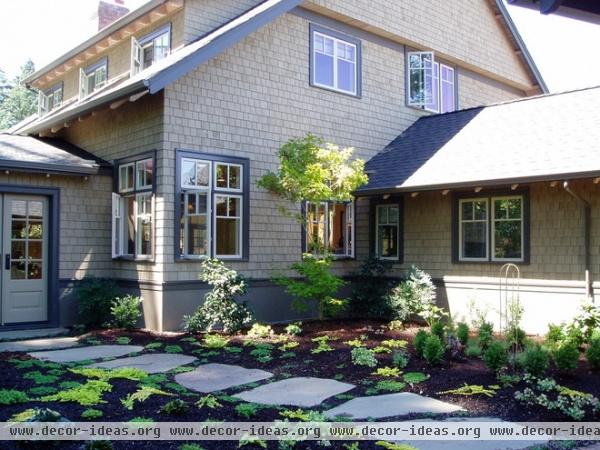
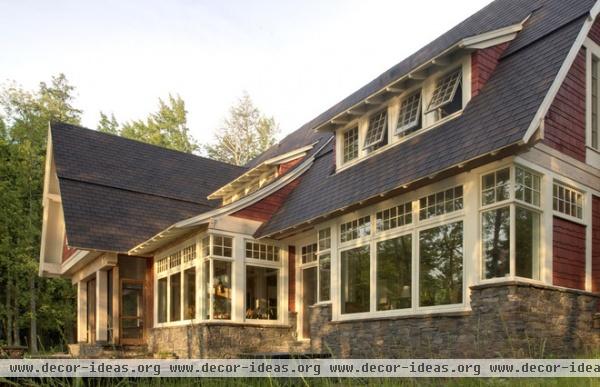
Awning. You open awning windows by lifting outward and swinging up. You could think of them as horizontal casement windows. Their screens are mounted and accessed on the interior.
Compare the awning windows of these two houses. You can easily see that this type of window can work in a traditional or modern house.
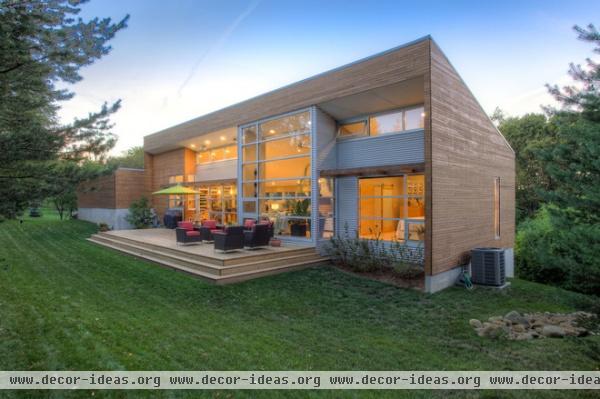
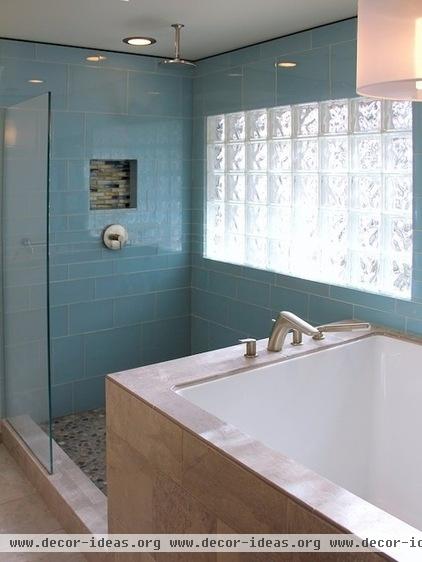
Glass block. More of a translucent wall than a window, glass block remains popular as a good solution for spa-inspired bathrooms where natural light is desired but privacy is a concern. Of course, real glass block is not operable, though there are manufacturers who make a simulated glass block window out of acrylic that can be opened.
Glass block suits modern architecture best. It can be used in more traditional styles but can be difficult to assimilate into that aesthetic. It will make a significant impression, so it should be used sparingly and with careful placement.
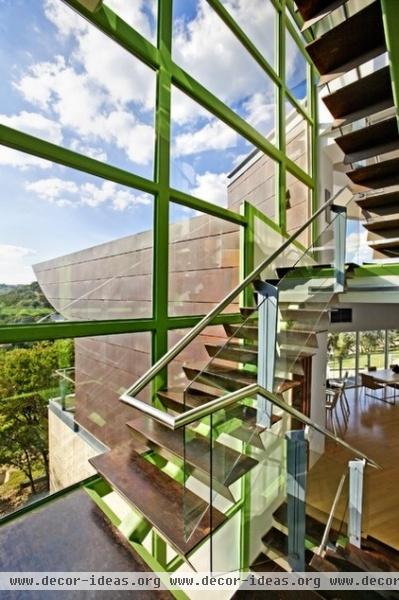
Window Materials
We are all familiar with the raw-aluminum-framed, horizontally sliding window found in many 20th-century dwellings. We are also familiar with wood-framed windows that we fondly associate with older houses.
These two materials are still in common use, but steel, vinyl and fiberglass are additional options, and any of these materials may be used in combination. For example, you can windows framed in wood that’s covered with a lower-maintenance material such as aluminum.
This window wall needed a sturdy frame to support the large expanse of glass; the architects chose steel.
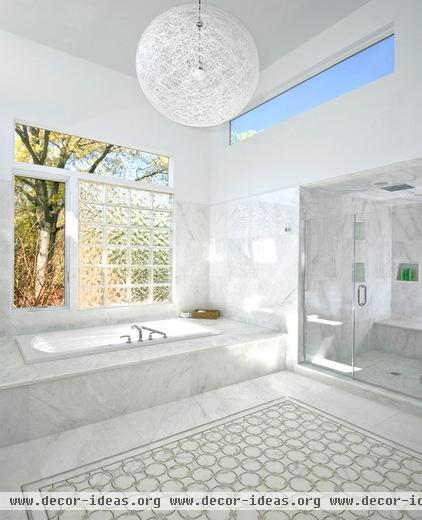
What Do New Windows Cost?
Lower-quality windows made of less-expensive materials can range from $100 for small ones to
$1,000 for large ones. Better materials increase the price quickly. Expect to pay at least $250 for a small, better-quality window and up to $2,000 for a larger one.
In one recent project of mine, we replaced circa-1979 aluminum single-glazed windows with double-glazed fiberglass windows and French doors on a 1,600-square-foot house. There were four 5- by 5-foot casement windows, a fixed picture window of about the same size and two French doors, one with two panels and one with four. The results were stunning, and it cost around $22,000, including installation and finish work.
Materials From Lowest to Highest Cost (in general):
VinylAluminiumFiberglassWoodCompositeGlass BlockType of Window From Lowest to Highest Cost (in general):
FixedSlidingSingle hung or double hungCasementAwningGlass Block More: See how windows can help conserve energy
Related Articles Recommended












